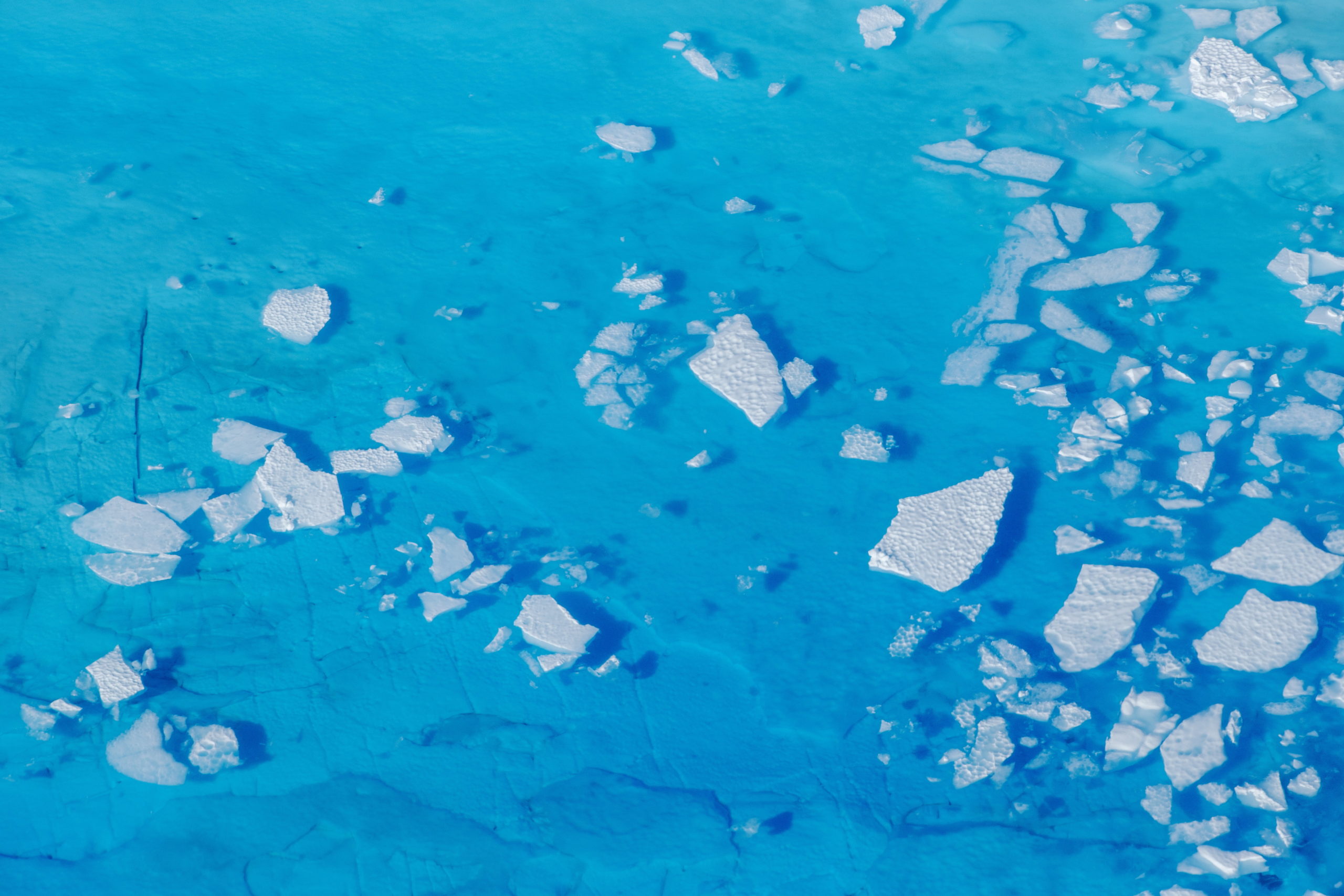A new study shows just how quickly the world’s cryosphere is shrinking
More than 102,000 square kilometers of frozen areas were lost in the Northern Hemisphere from 1979 to 2016.

The world’s frozen areas lost an average of about 87,000 square kilometers (33,000 square miles) a year from 1979 to 2016, and the period of annual freeze has shrunk by more than a week over the nearly four-decade period, according to a new study published in the journal Earth’s Future.
The study is the first that combines extent loss of the entire cryosphere — sea ice, glacier ice, snow cover and near-surface frozen soils — in a single accounting.
The reductions are clearly linked to rising temperatures, the study said.
“The cryosphere is one of the most sensitive climate indicators and the first one to demonstrate a changing world,” first author Xiaoqing Peng, a physical geographer at Lanzhou University, said in a statement released by the American Geophysical Union. “Its change in size represents a major global change, rather than a regional or local issue.”
There have been many past studies examining losses in individual categories, such as sea ice or glaciers, but it is important to consider the cryosphere holistically, the study said. The cryosphere affects the atmosphere through albedo, or reflection of solar heat, and through the release of water vapor and carbon exchanges between the soil and the air; it also affects the planet’s hydrological processes, with results seen in global sea levels, water runoff and availability of freshwater, the study said. The cryosphere holds three-fourths of the world’s freshwater supply, it notes.
Total cryosphere losses, which vary by region, type and season, were tracked by satellite over gridded areas of the planet. The study combined information from a variety of sources. Information about sea ice extent, for example, came from the National Snow and Ice Data Center, as did information about freeze or thaw of near-surface soils. Information about air temperature changes came from the University of East Anglia’s Climate Research Center.
The overall cryosphere shrank by an annual average of 102,000 square kilometers (39,300 square miles) in the Northern Hemisphere over the study period, which was partially offset by a gain of 14,000 square kilometers (5,400 square miles) in the Southern Hemisphere, a gain that was largely in the form of sea ice extent. In the Southern Hemisphere, sea ice growth could have been triggered by accelerated melt of Antarctic ice shelves, “whereby the melt water causes a cool, fresh surface layer from the deeper, warmer waters,” the study said.
On average, the first day of annual freeze for the world’s cryosphere was is 3.6 days later in 2016 than in 1979, and the average last annual day of freeze — or the onset of melt — was 5.7 days earlier in 2016 than in 1979, according to the study.
River and lake ice were not considered separately but were included in other categories. The study did not explicitly measure permafrost, as that extends deep below the ground’s surface; it focused instead on near-surface soil freeze and thaw.